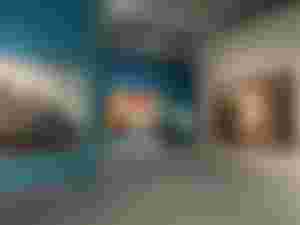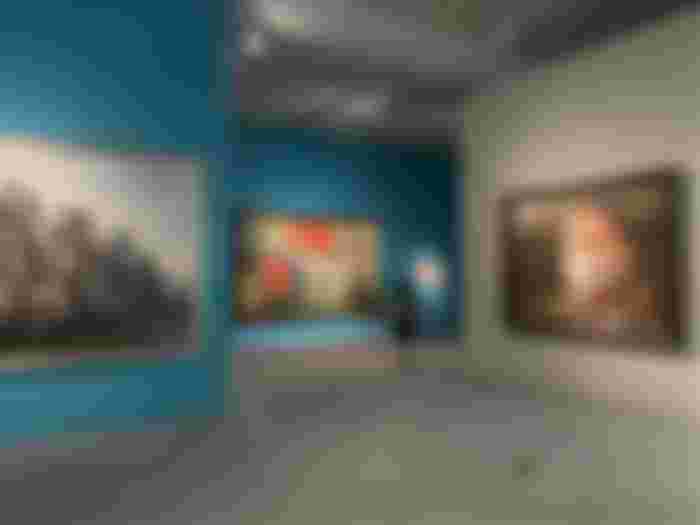The world may be in the midst of a global pandemic, but visitors to a new Beijing exhibition could be forgiven for thinking the battle has already been won.
A triumphant art show celebrating the "great spirit of the Chinese people" in fighting Covid-19 opened this month at the country's National Museum, near Tiananmen Square in the center of Beijing.
Through a collection of almost 180 artworks, including sculptures, watercolors and dramatic oil paintings of heroic doctors, the exhibition aims to document the initial coronavirus outbreak in Wuhan and its aftermath.

Covid-19-themed paintings on display at the National Museum of China. Credit: Shanshan Wang/CNN
But given that the country heavily censors art, the contents of the museum's exhibition mirrors the official stance on China's containment of Covid-19. Through images of aid workers, the exhibition's messaging also appears closely aligned with government narratives around the country's international response to the crisis -- or "demonstrat(ing) China's responsibility as a major country in dealing with ... a major public health emergency," as the foreword at the show's entrance proclaims, despite criticism of officials' early attempts to suppress news of the virus ahead of the busy Chinese New Year holiday in January.
Once inside the exhibition, titled "Unity is Strength," visitors are led through three sections: The work of established visual artists, followed by works of calligraphy and contributions from amateur artists from around the country.
It is in this first section, curated from over 75,000 submissions received by the China Artists Association, that some of the most striking images can be found.
Take the large-scale triptych by Pang Maokun, the head of a major arts institute, that shows a medical worker in various states of exhaustion. Or an oil painting depicting jubilant doctors and nurses in front of a large Chinese flag, evoking the style of Socialist Realism popular among revolutionary painters in the decades following the Communist Party's rise to power in 1949.
Both are typical of the exhibition's focus on China's medical response. Elsewhere, masked doctors are pictured putting on personal protective equipment, examining X-rays and gathering around patients' bedsides.
And while many of the subjects are unidentified, renowned epidemiologist Li Lanjuan and respiratory specialist Zhong Nanshan both make a number of appearances -- the latter as a sculpted metal bust and a hyper-realistic oil portrait showing a small tear rolling down his cheek.

Nice article